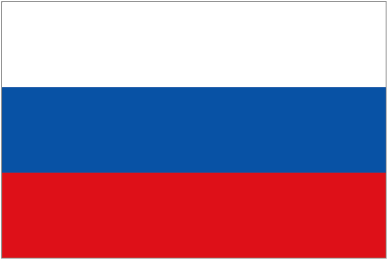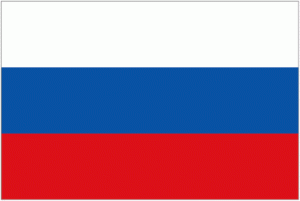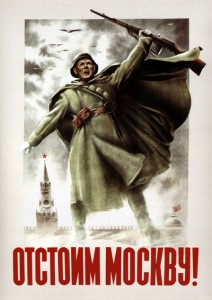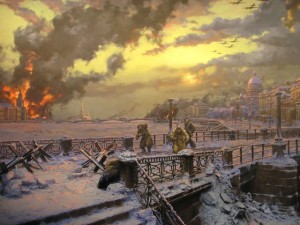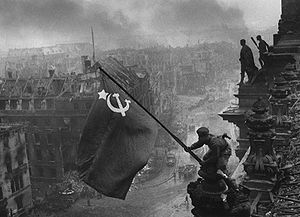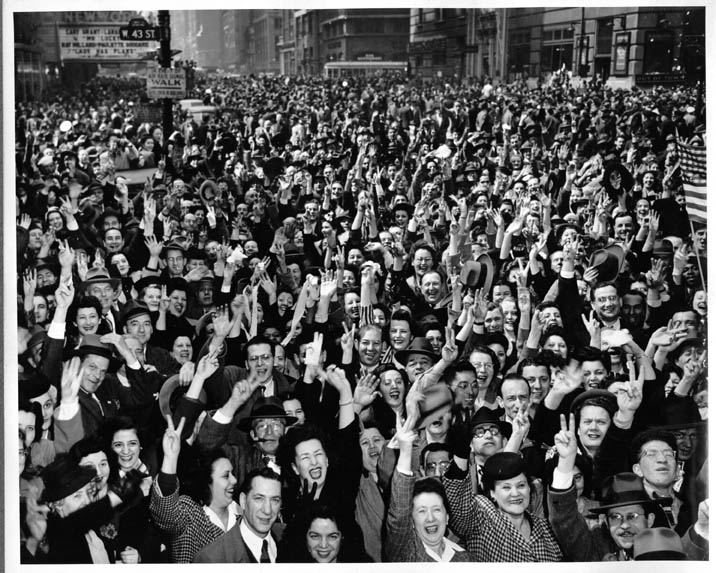December 13
His Highness the Aga Khan has been the Imam of the Shia Ismaili for over fifty years. The Ismaili are the second largest group of Shia in the world. At age 20 he was chosen by his grandfather to succeed him rather than his father or uncle. Wrote his grandfather, Sultan Muhammed Shah Aga Khan:
“In view of the fundamentally altered conditions in the world in very recent years due to the great changes that have taken place, including the discoveries of atomic science, I am convinced that it is in the best interests of the Shia Muslim Ismaili community that I should be succeeded by a young man who has been brought up and developed during recent years and in the midst of the new age, and who brings a new outlook on life to his office.”
Five years before 9/11 the Aga Khan gave a foretelling speech to a group of young people, mostly Americans, about to enter “the real world.” Excerpts are below.
“Today in the occident, the Muslim world is deeply misunderstood by most.
“The Muslim world is noted in the West, North America and Europe, more for the violence of certain minorities than for the peacefulness of its faith and the vast majority of its people…And the Muslim world has, consequently, become something that the West may not want to think about, does not understand, and will associate with only when it is inevitable…
“…the historical process of secularisation which occurred in the West, never took place in Muslim societies. What we are witnessing today, in certain Islamic countries, is exactly the opposite evolution…
“The news-capturing power of this trend contributes to the Western tendency to perceive all Muslims or their societies as a homogeneous mass of people living in some undefined theocratic space, a single “other” evolving elsewhere. And yet with a Muslim majority in some 44 countries and nearly a quarter of the globe’s population, it should be evident that our world cannot be made up of identical people, sharing identical goals, motivations, or interpretations of the faith…
“…Concepts such as meritocracy, free-world economics, or multi-party democracy, honed and tested in the West may generally have proven their worth. But valid though they may be, responsible leadership in the Islamic world must ask if they can be adapted to their cultures which may not have the traditions or infra-structure to assimilate them: There is a real risk that political pluralism could harden latent ethnic or religious divisions into existing or new political structures…
“Although the modern page of human history was written in the West, you should not expect or desire for that page to be photocopied by the Muslim world.”
Full speech at http://www.brown.edu/Administration/News_Bureau/195-96/95-147t.html
I was in the large church room when the Aga Khan delivered this address. Like others of my young age I did not understand the importance of his words, every one of which came true in the years that followed.
More words of the Aga Khan at:http://spiritandlife.wordpress.com/2008/01/16/quotes-of-aga-khan/
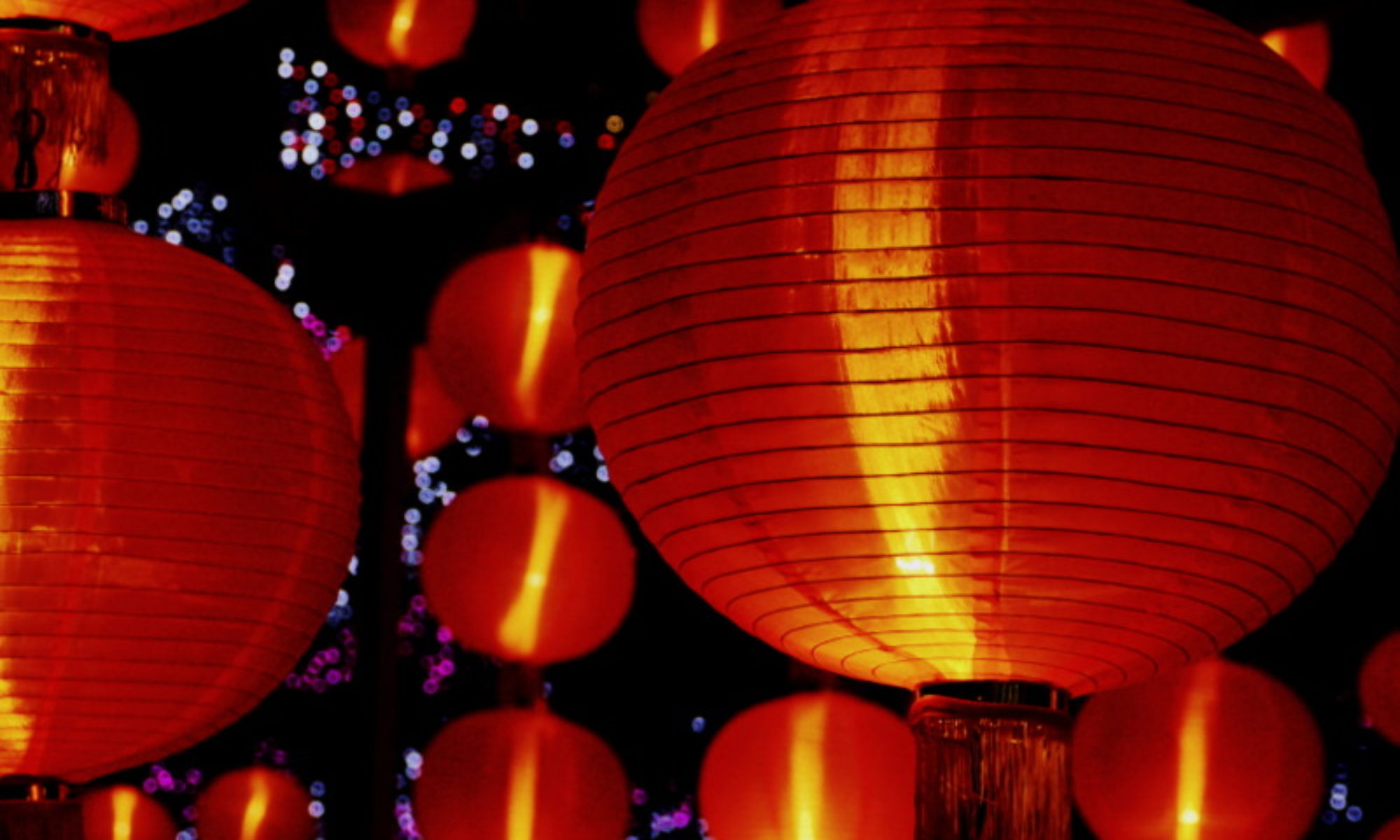
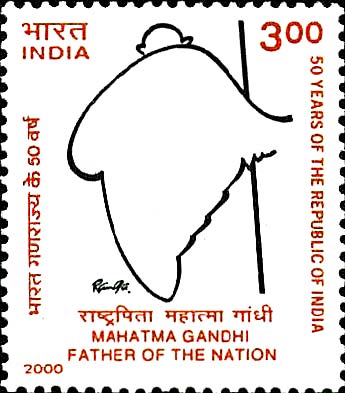
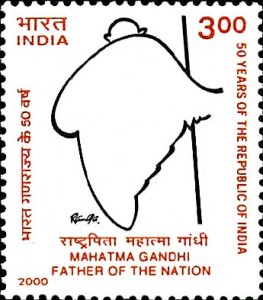
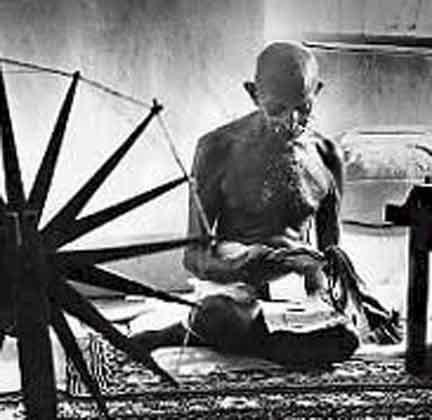 Gandhi’s weapons included strikes, protests, and boycotts of British goods. He encouraged Indians to spin their own cloth and renounce British titles of nobility.
Gandhi’s weapons included strikes, protests, and boycotts of British goods. He encouraged Indians to spin their own cloth and renounce British titles of nobility.